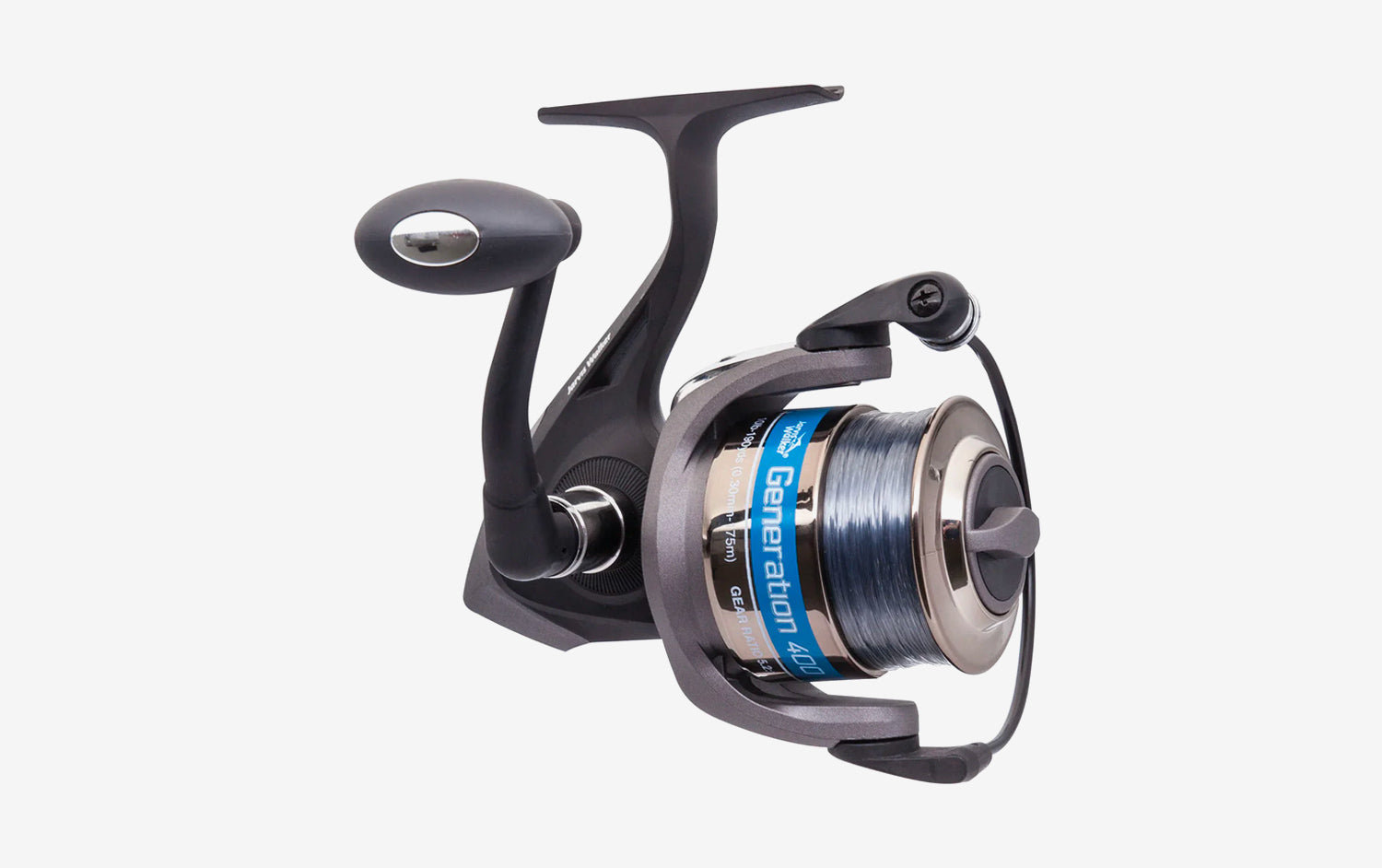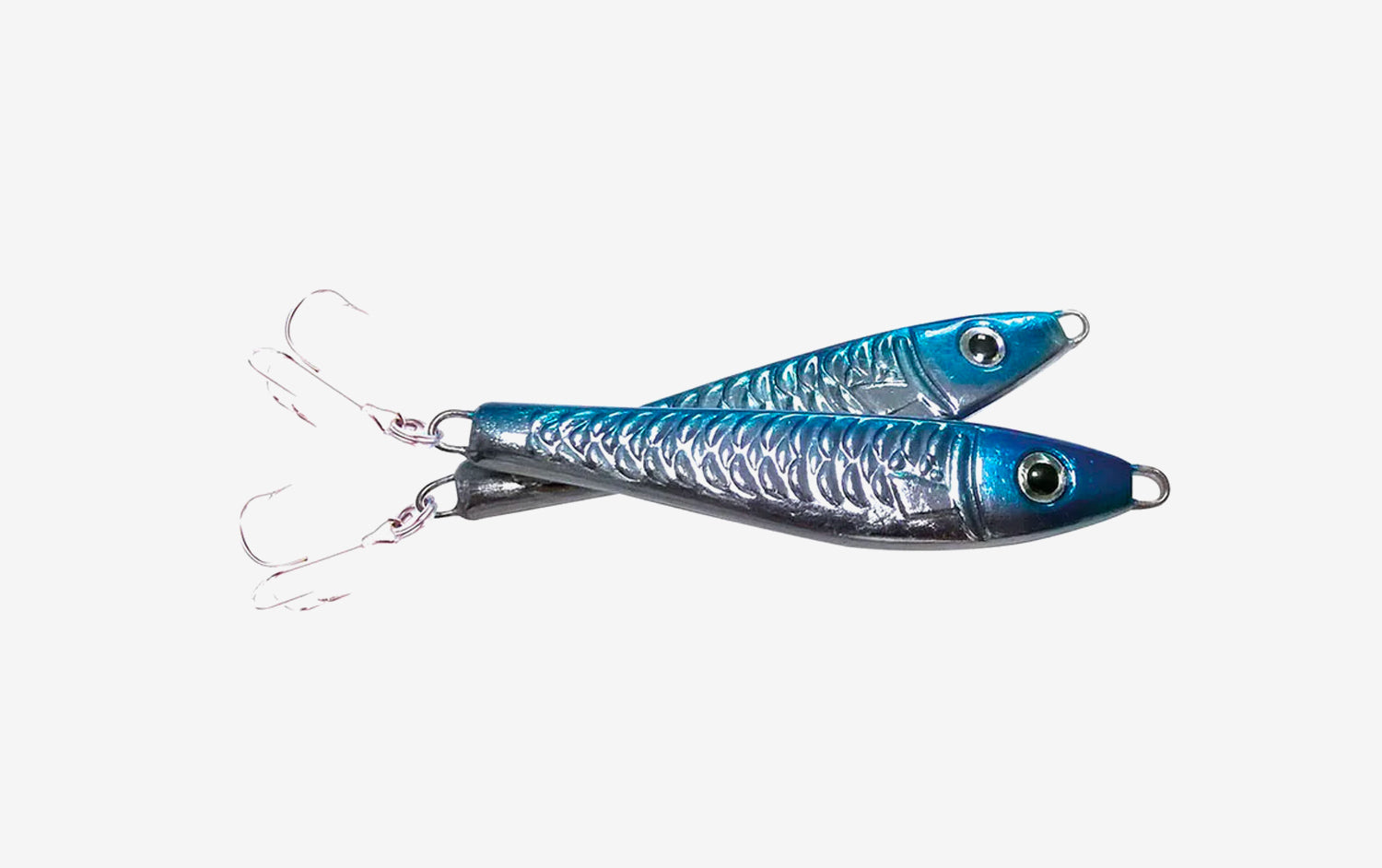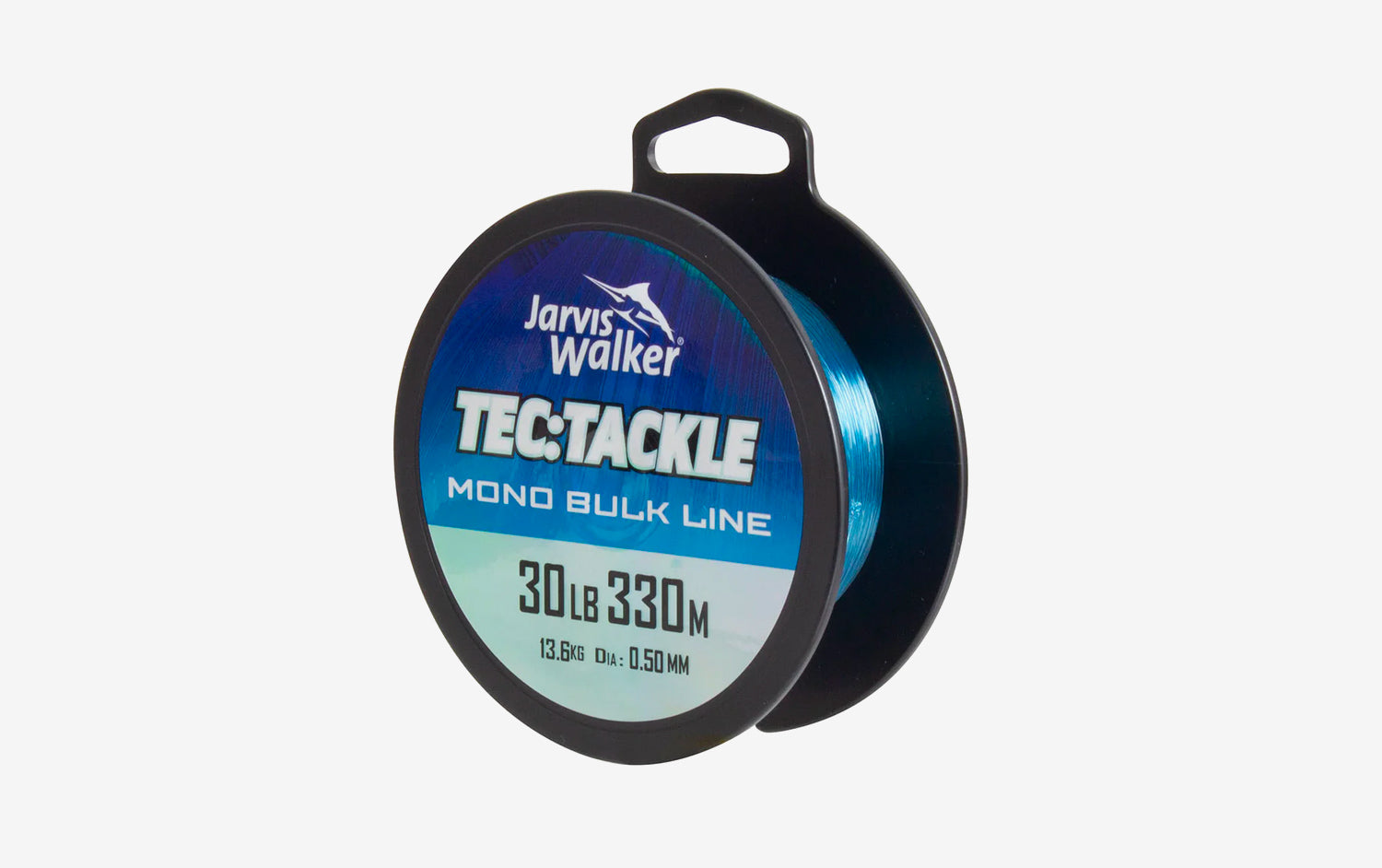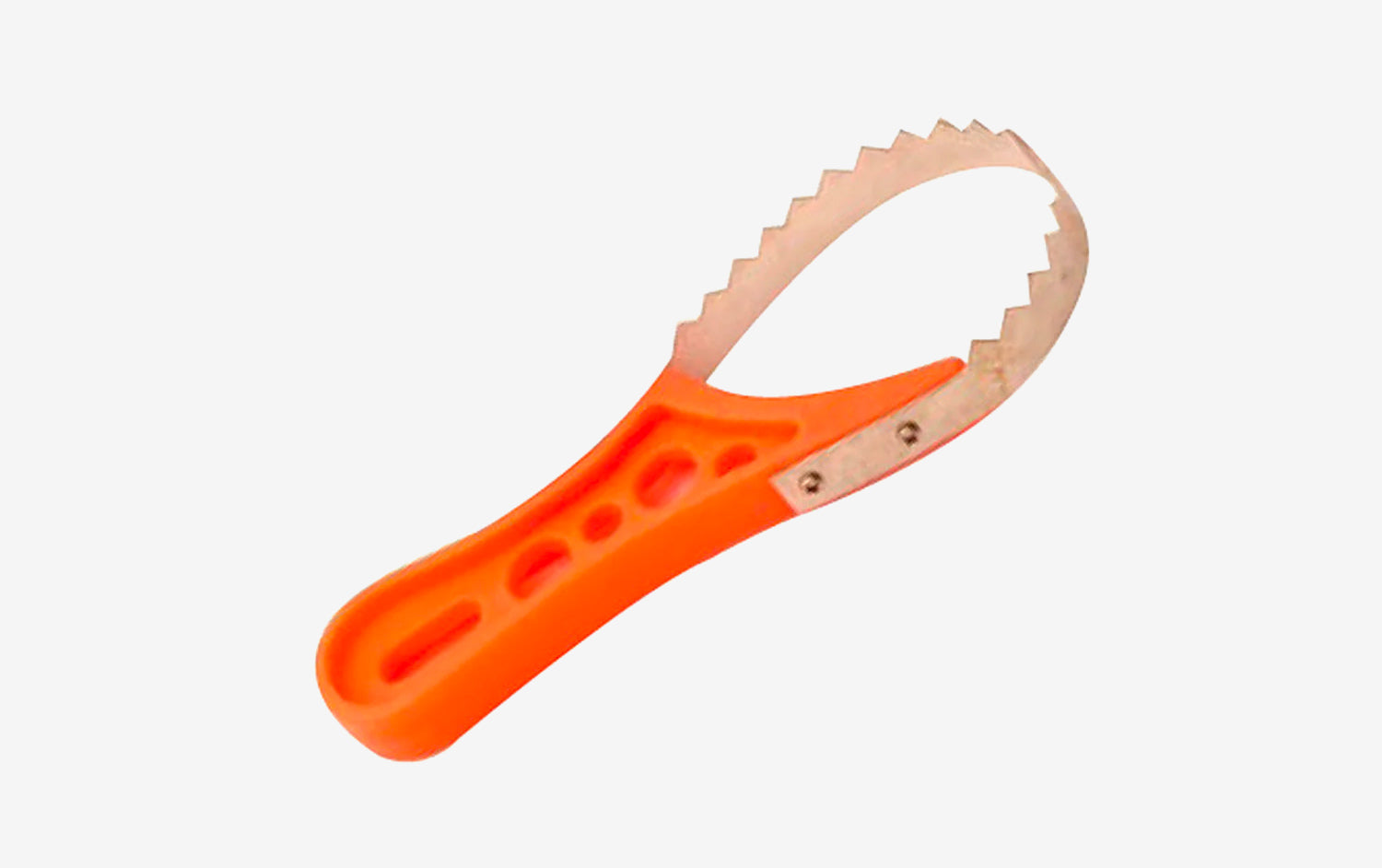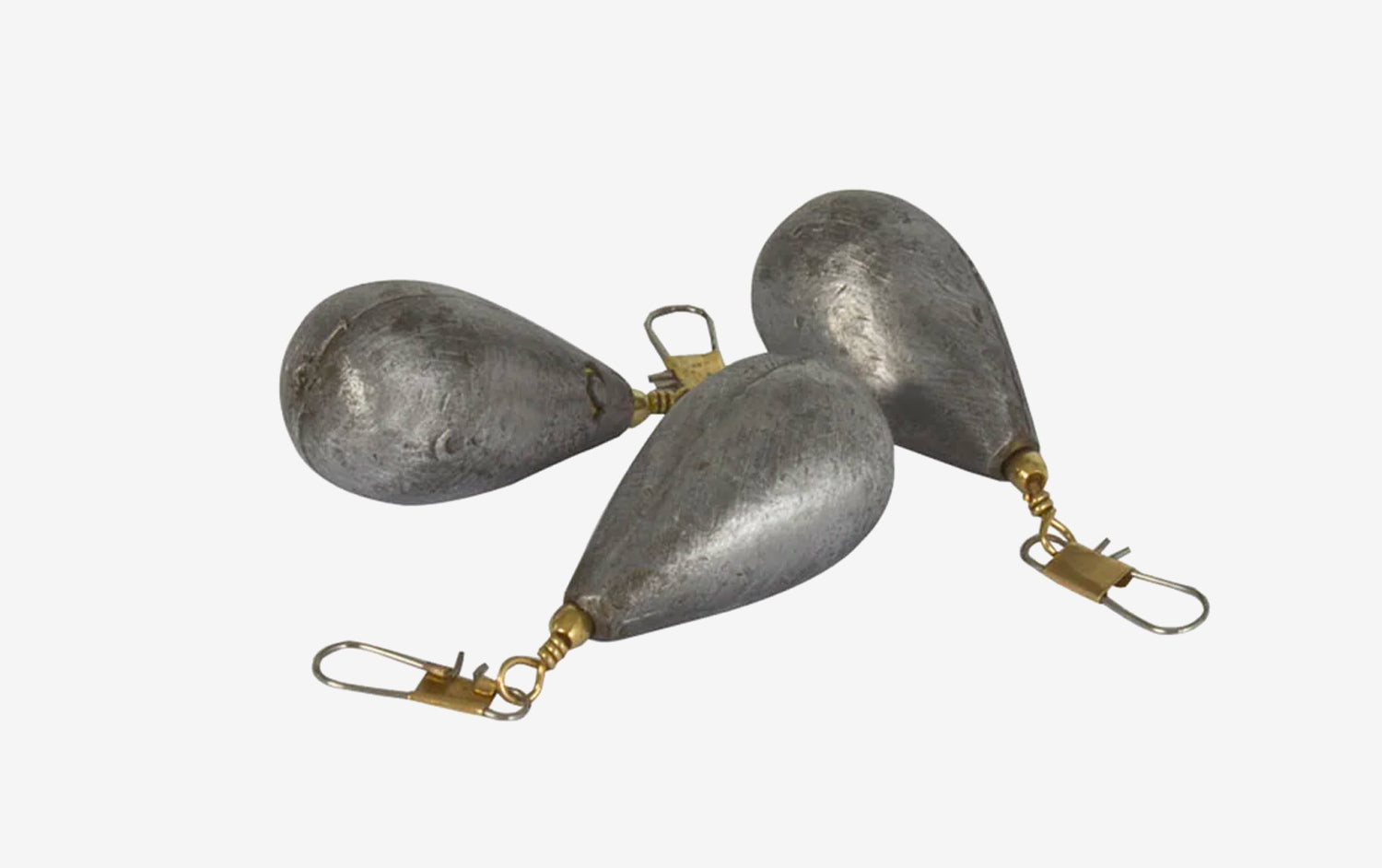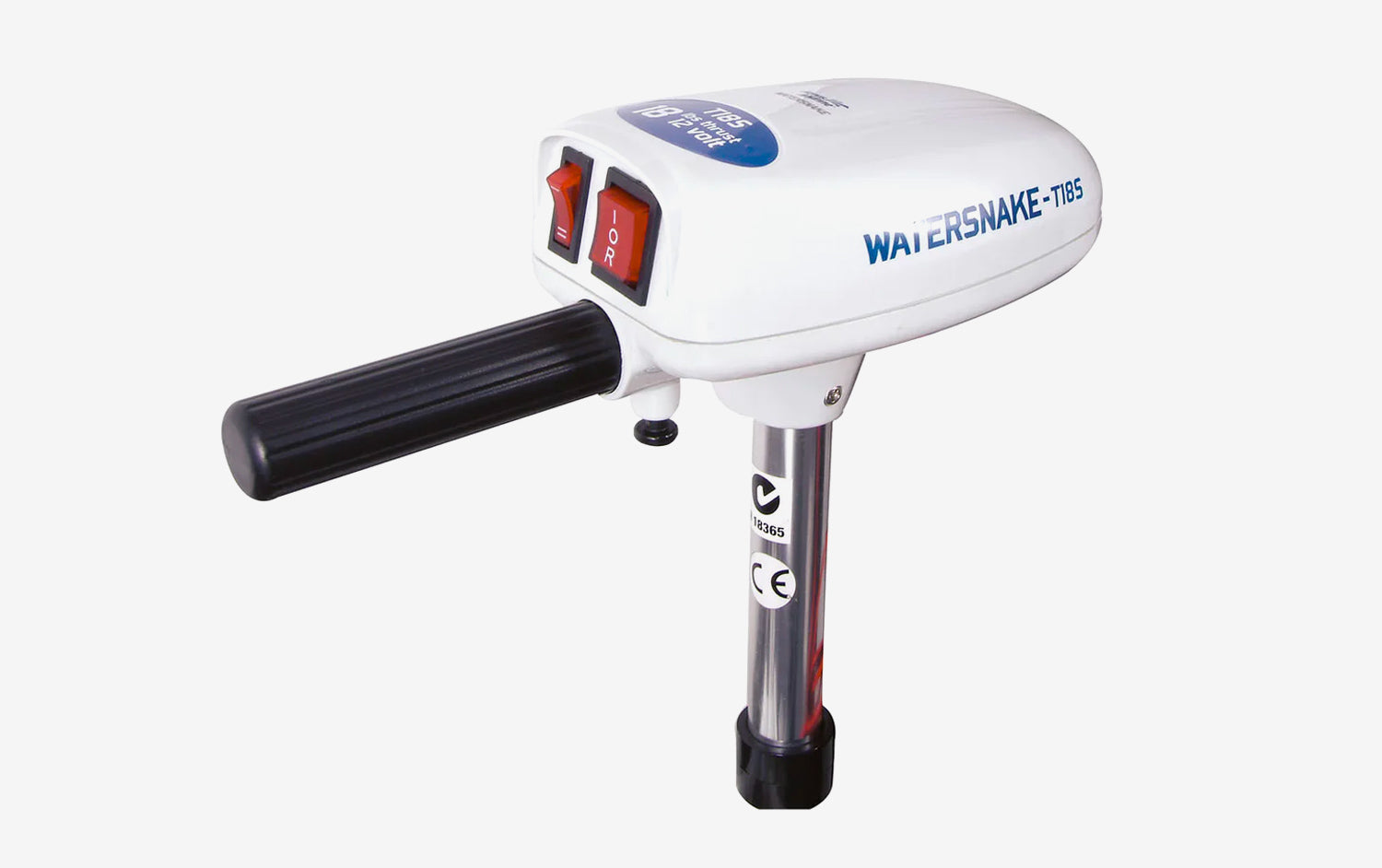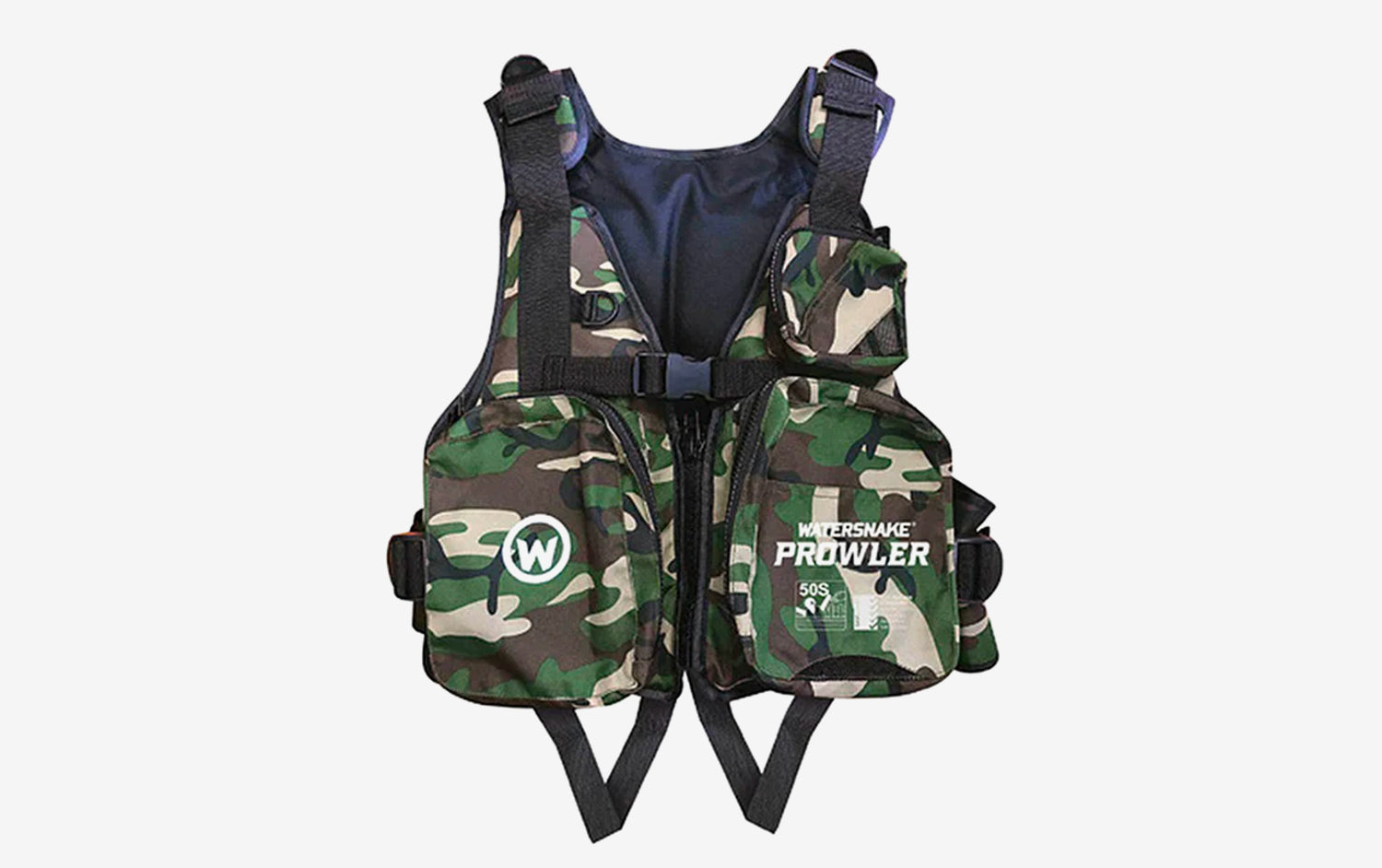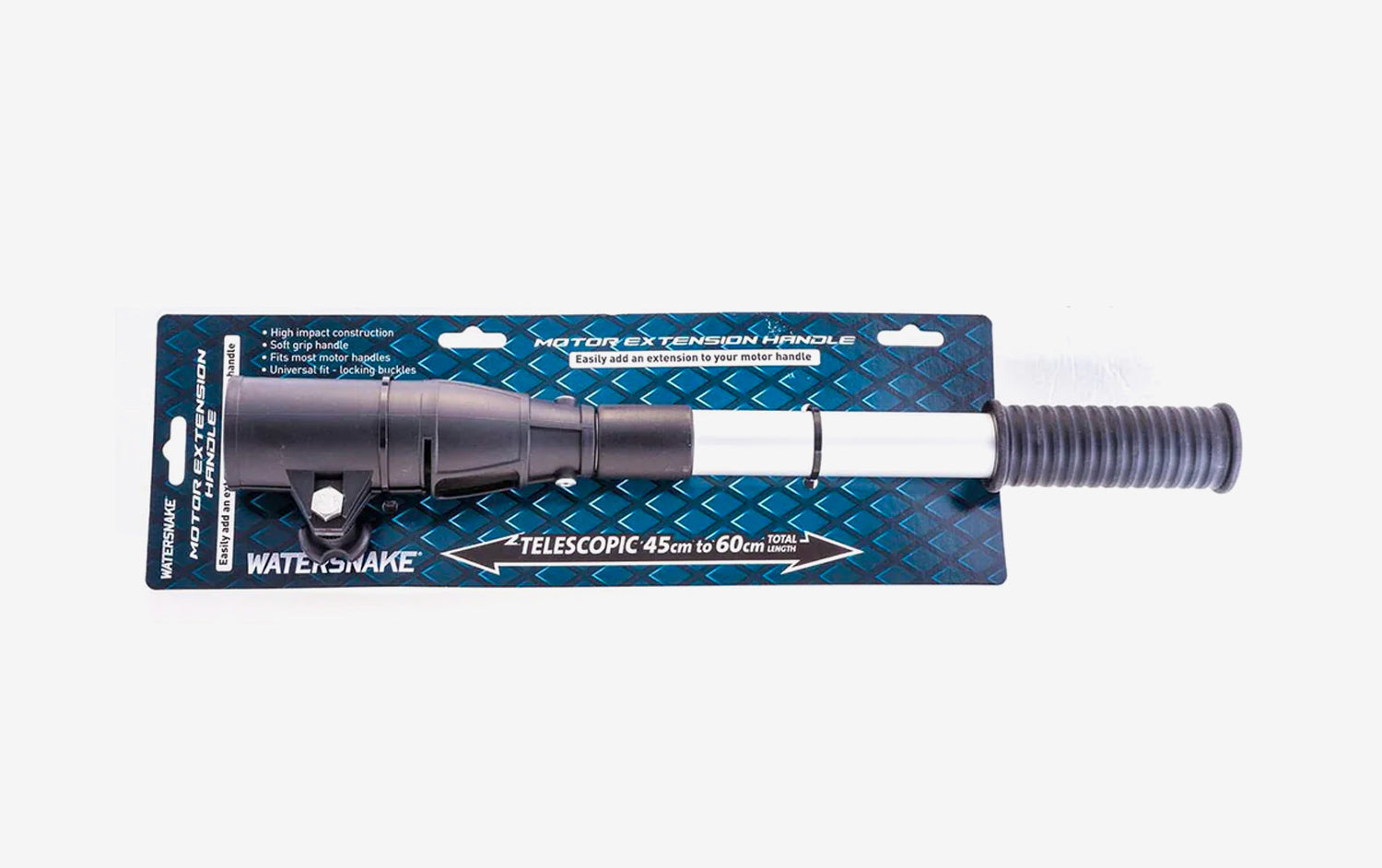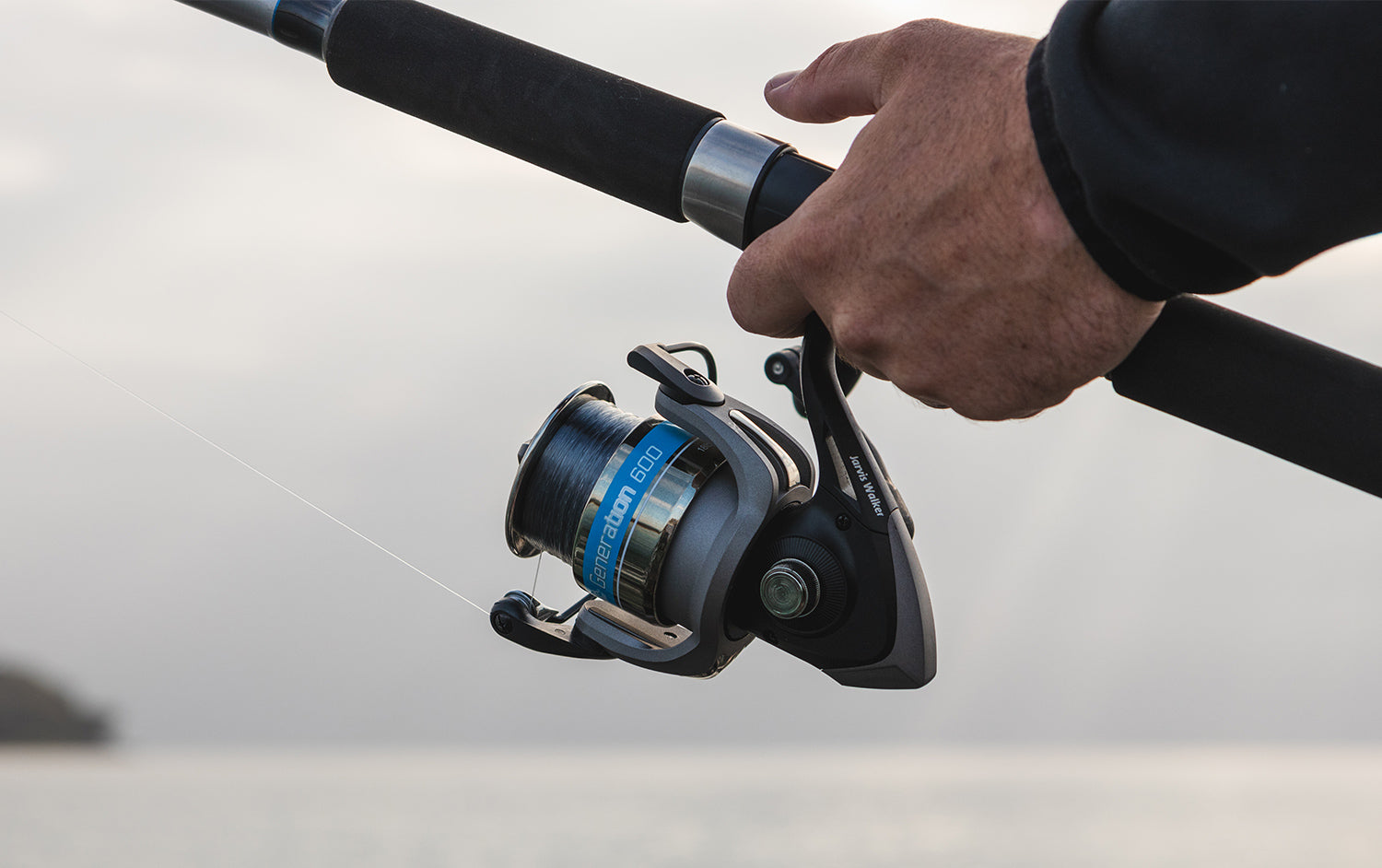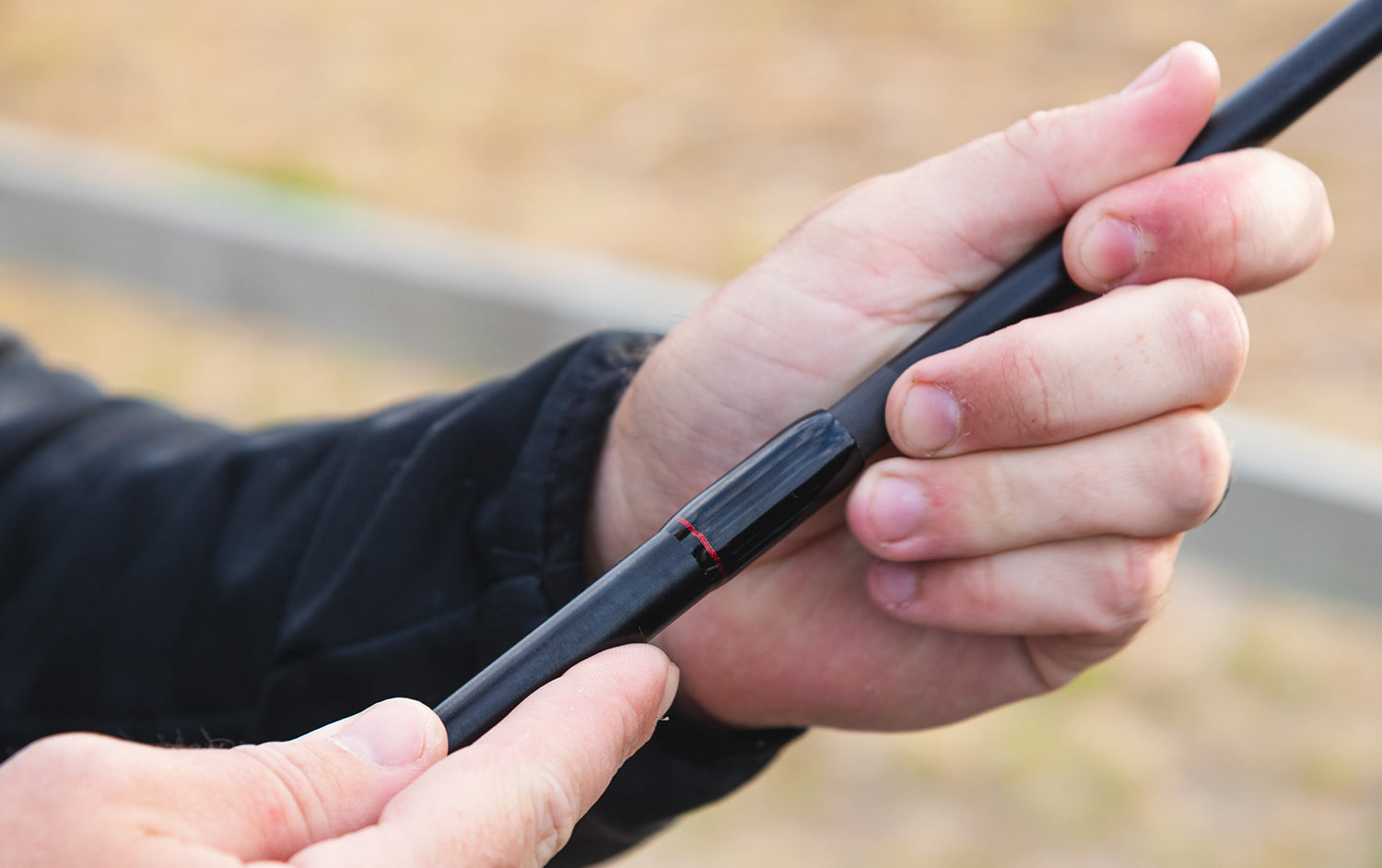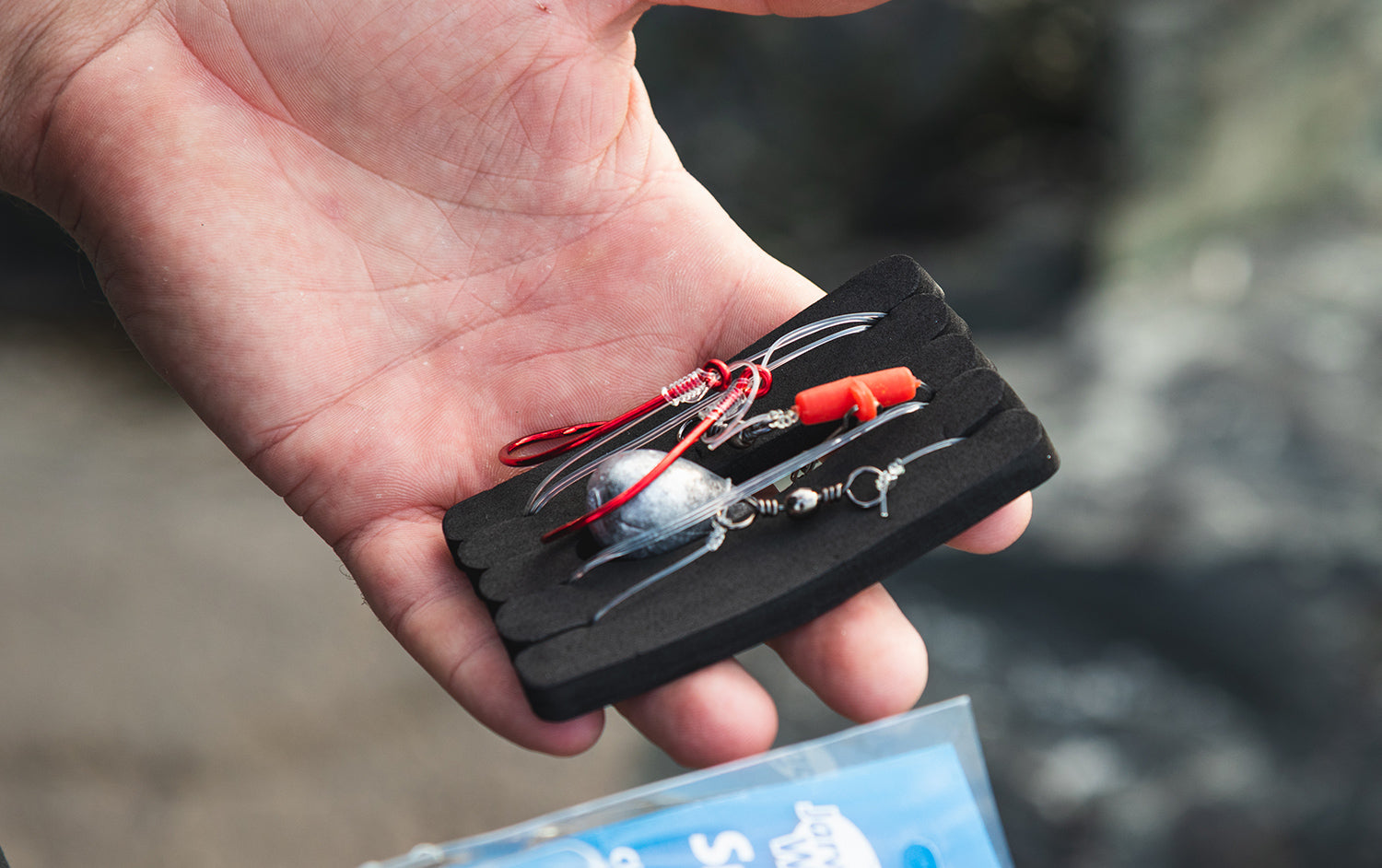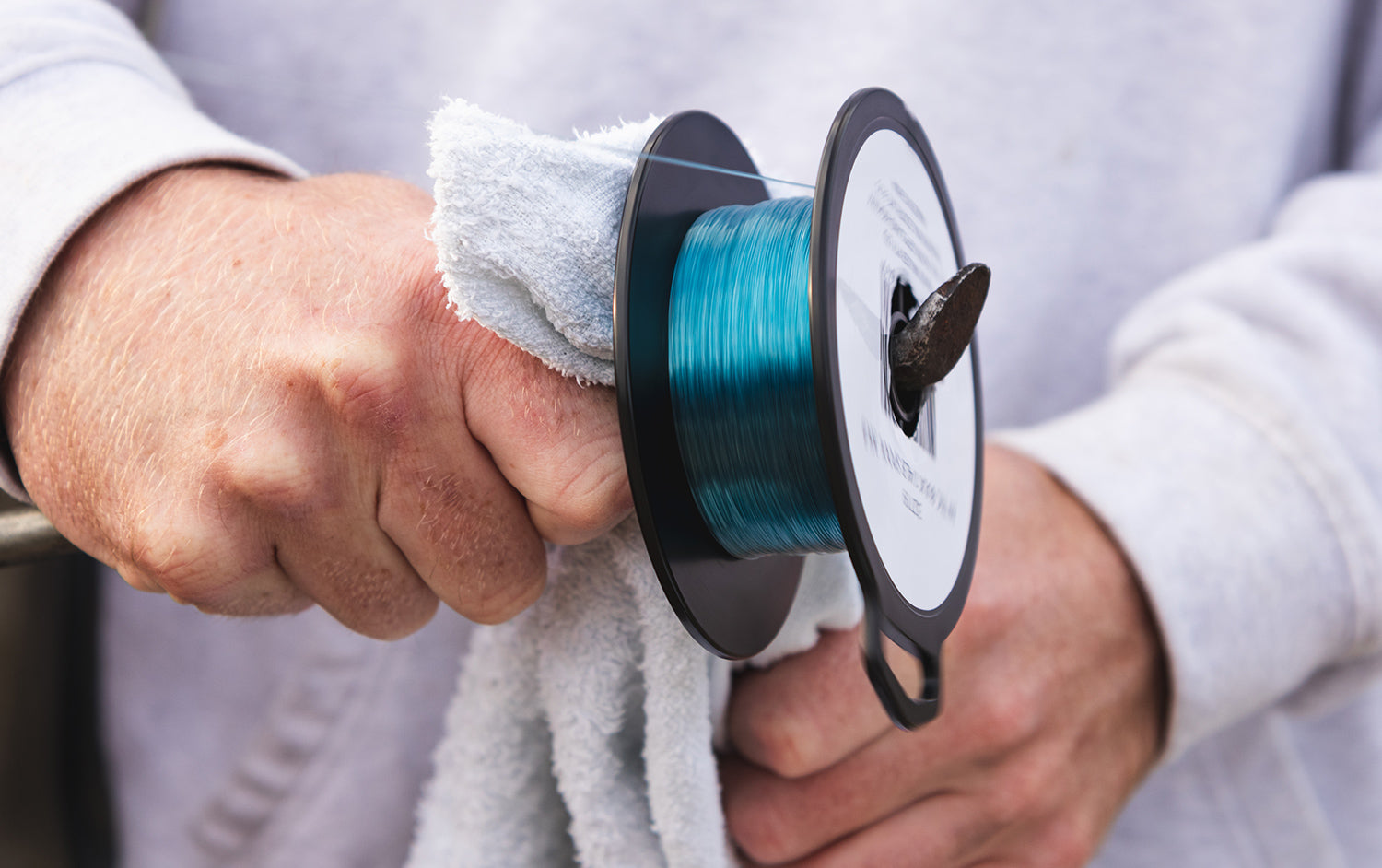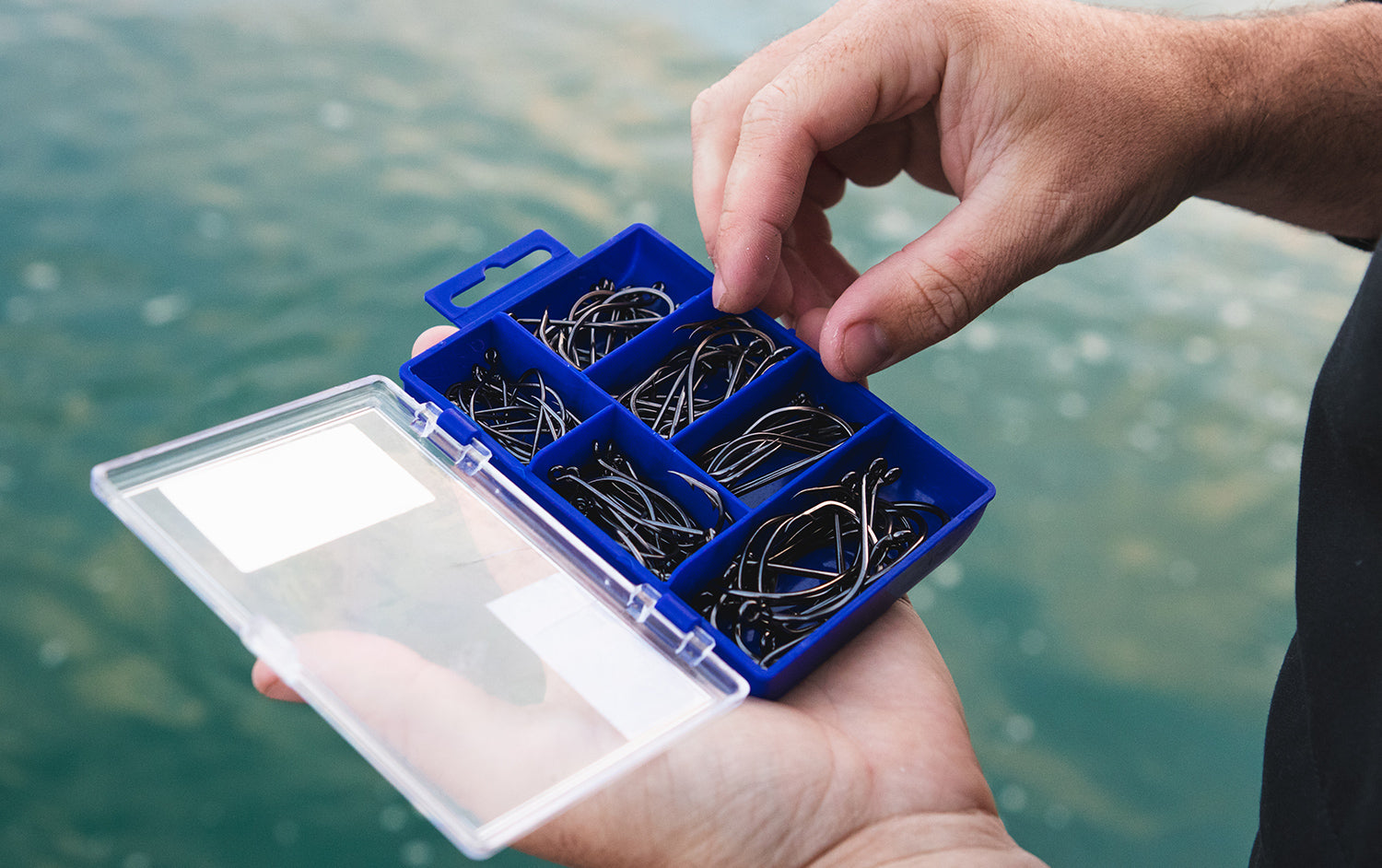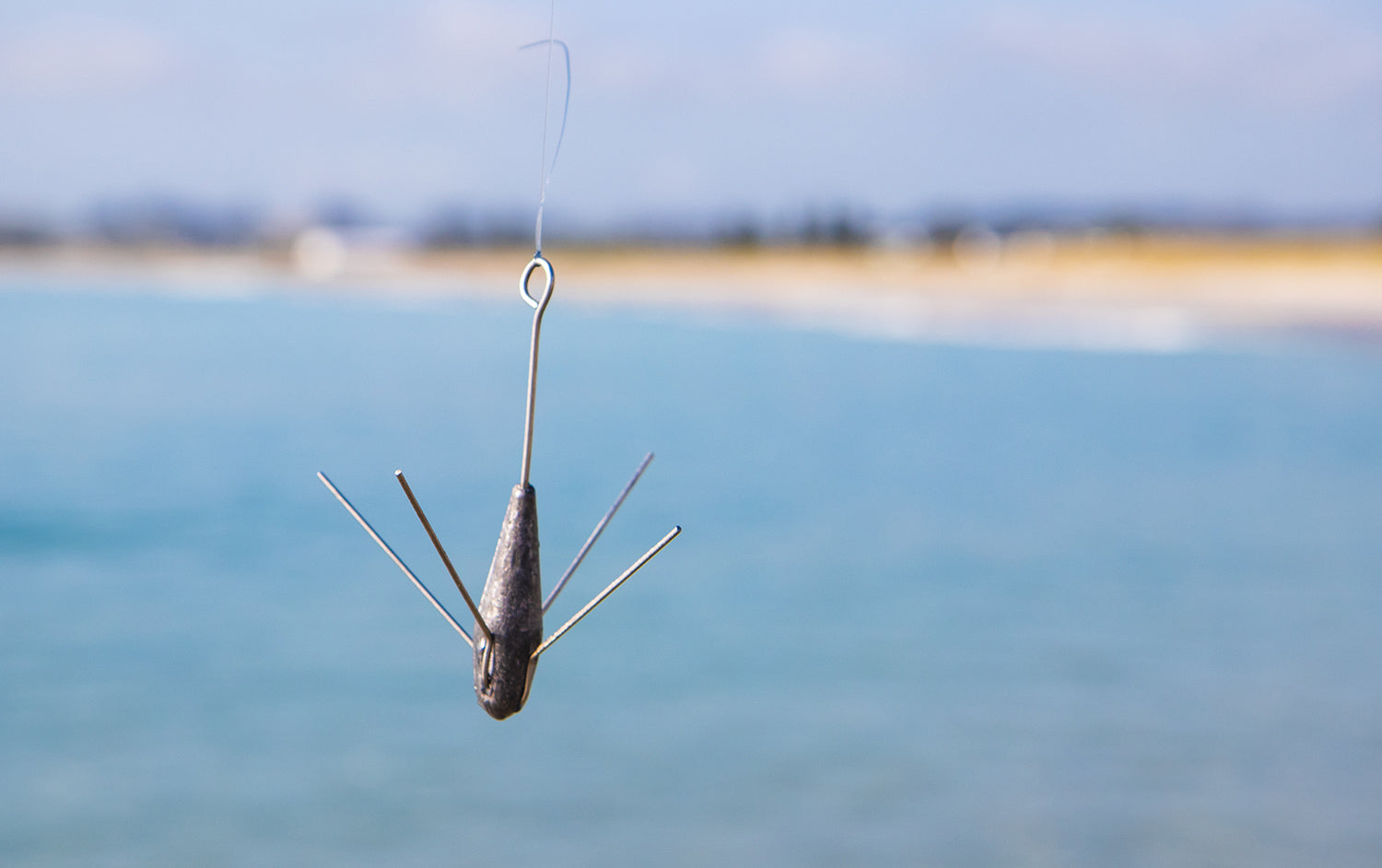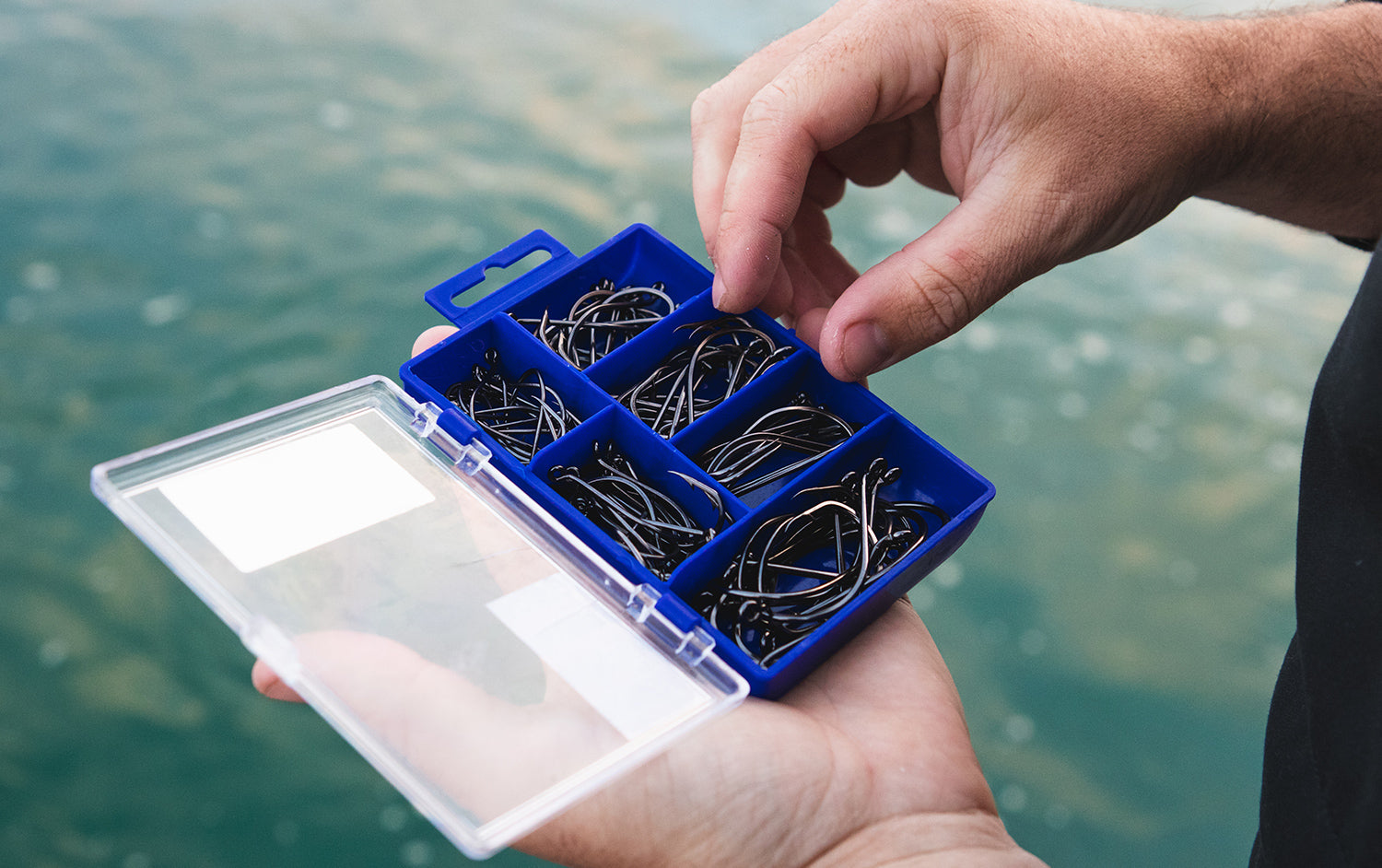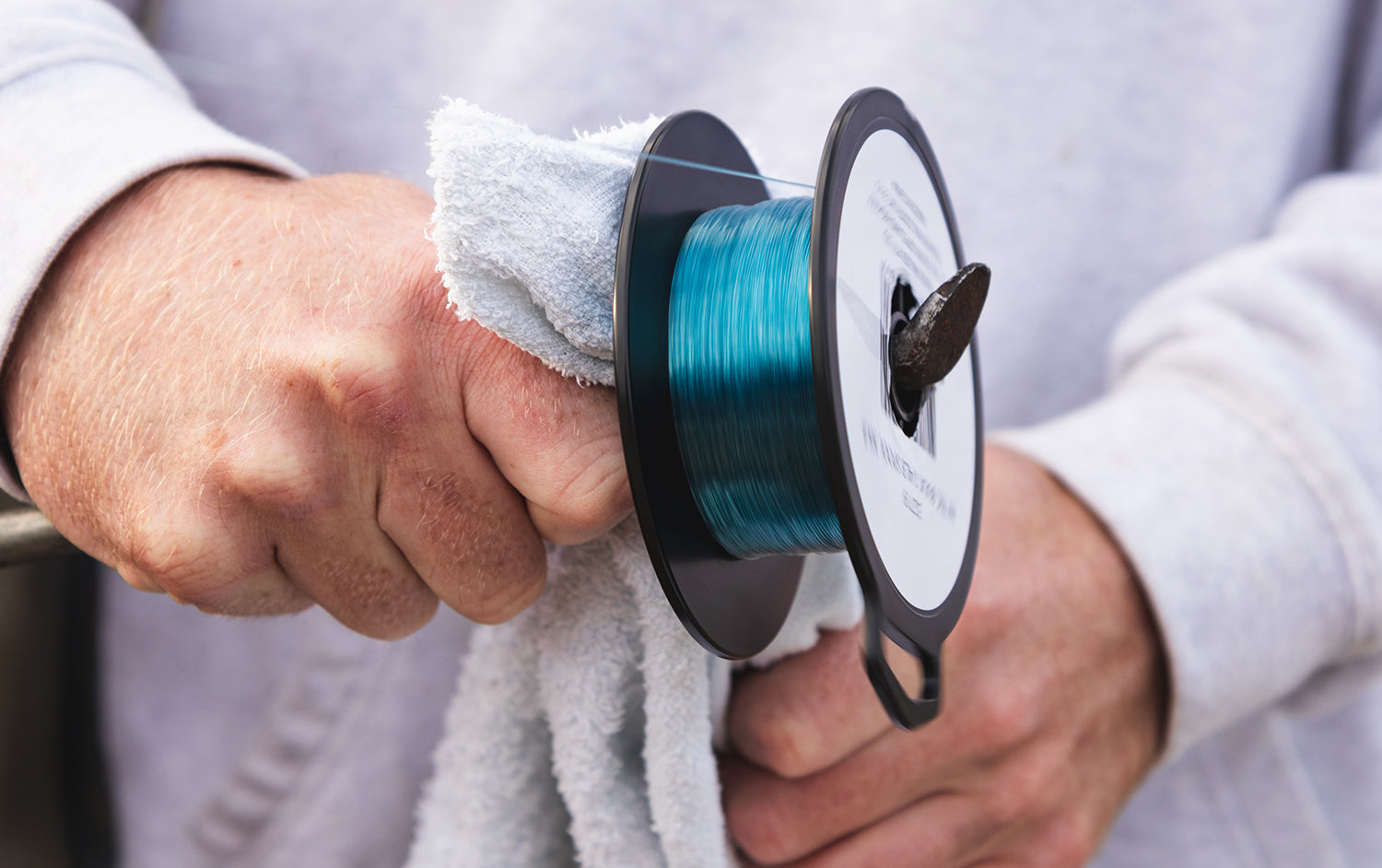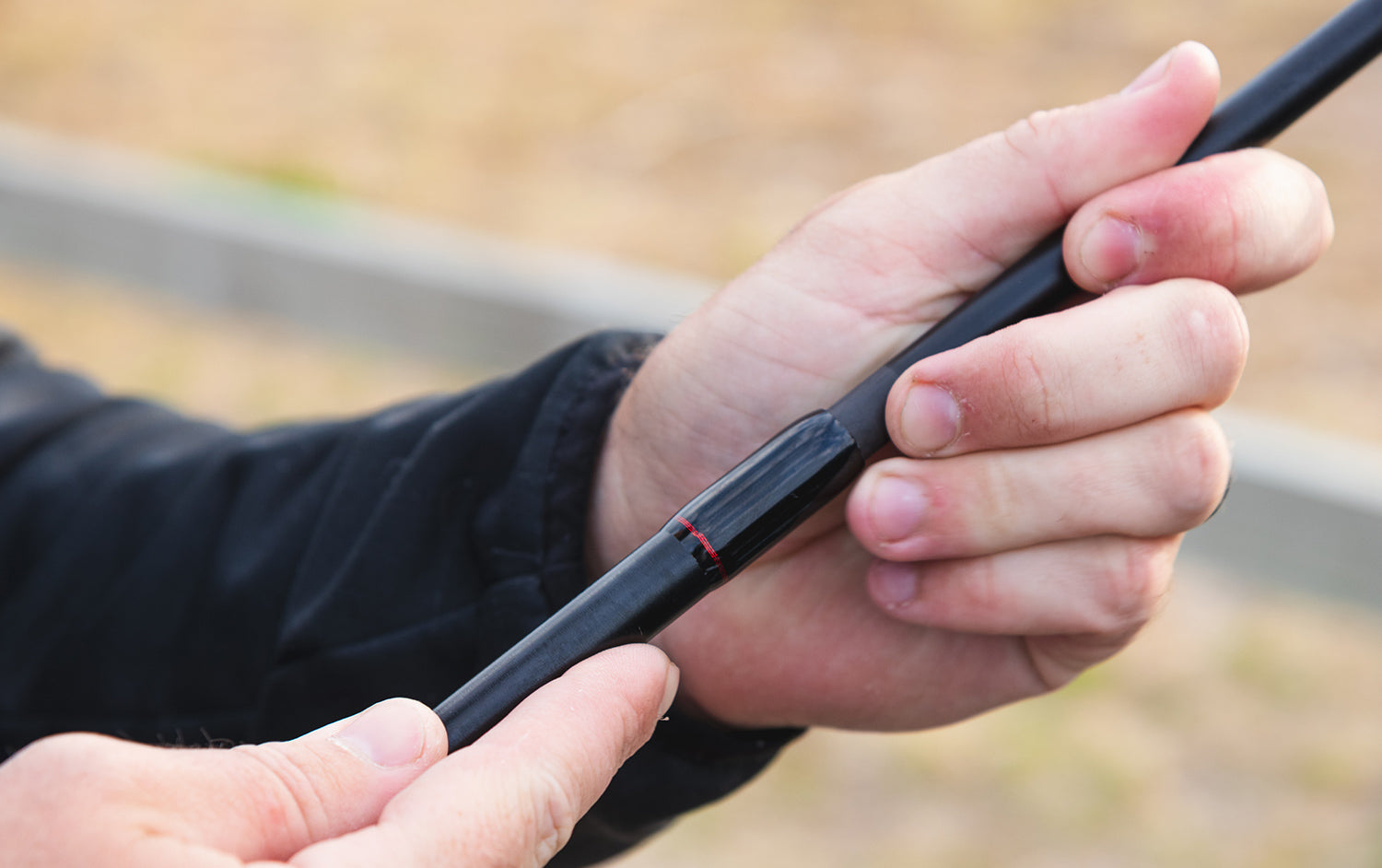Choosing the best equipment – what fishing hook is best?
Hook choice can be as simple or as complicated as you want to make it. Factors such as size, shape and weight of the bait, size of the target fish’s mouth, strength of your line and reel drag and rod dynamics will all influence what is the best hook choice for each style of fishing. To make the decision simpler, start with the most important attribute of a hook: its sharpness. A hook point must be able to penetrate the fish’s mouth and must also have the strength to hold its shape under the pressure.
Finer gauge hooks achieve sharper points and are the most effective at securing a hook-up, but they’re more susceptible to straightening under pressure and the hook point is more easily damaged.
Thick gauge hooks are more suitable for bigger species with hook-bending jaw strength, but when using these an angler must keep in mind that several firm rod strikes may be necessary to ensure the hook-up is secure.
For fish that weigh less than five kilograms, choose the smallest hook which is still practical for the size of bait you’re using—remembering that you can catch a big fish on a small hook, but it’s hard to catch a small fish on a big hook.
Smaller hooks allow for a more natural presentation and weighting of baits. More specific choices are required for fish larger than five kilograms to accommodate the additional pressure on your rigs.
These same principles apply when you’re choosing hooks such as trebles for lures. Moving the hook point across your thumbnail to see if it grabs is a simple sharpness test you can use before your next cast. If your hooks aren’t sharp, you won’t catch fish.
POPULAR HOOK PATTERNS AND USES
This Aussie favourite is suitable for a variety of fishing styles in saltwater and freshwater. The straight eye, general purpose design and comprehensive size range covers most popular bait fishing tactics.

This versatile hook is one of the most popular patterns in all sizes. Size 8, 6 and 4 are ideal for catching live baits or fishing with small baits for species such as trout. Size 2, 1, 1/0 and 2/0 are perfect for catching popular inshore and estuary fish such as bream and flathead, and golden perch and small cod in freshwater. 3/0, 4/0 and 5/0 are suitable for medium-sized-but-strong fish such as coral trout, jack, mackerel and snapper. 6/0, 7/0 and 8/0 will cover bigger fish like barra, jewfish, kingfish and all sorts of reef dwelling species
This specialist bait fishing hook pattern has two pronounced slices on the shank to hold your bait in place for perfect presentation. It has a turned-down eye, chemically sharpened point and is ideal for a variety of baits such as fish strips, prawns and worms.
Like its cousin (Baitholder), the chemically sharpened Baitkeeper pattern also has two pronounced slices on the shank to hold your bait in place for perfect presentation. Where it differs is that it caters for those anglers who prefer a straight eye configuration, not angled. It is ideal for a variety of baits such as fish strips, prawns and worms.
 Long shank
Long shankThis estuary stalwart is first choice for many whiting and garfish anglers, and is just as useful for catching small baitfish with the smaller sizes 12 to 6. Flathead anglers also like the pattern in the larger 1/0 and 2/0 sizes. It has a longer shank than standard hook patterns, which is ideal for baiting worms, thin fish strips and peeled prawns. The long shank length also makes it easier to grip when removing it from hooked fish, which is great for kids and beginners.
Ganged hooks comprise two or more hooks joined by one hook running through the eye of the previous hook. This set-up offers anglers a long, multi-point hook option that is ideal for rigging long/whole pilchard, yakka, slimy mackerel and squid baits for flathead, mackerel, tailor, snapper and a variety of reef fish.
This strong general-purpose hook pattern is popular with reef anglers who use the larger sizes with squid or big fish-strip baits. Estuary anglers prefer the smaller sizes for everyday bait fishing techniques and surf anglers targeting tailor like the extra shank length and in-line hook point
Strength is the key design principle behind this heavy-duty live bait hook pattern. The thick gauge wire and short shank provide the power to survive long battles with everything from coral trout to kingfish to trevally to tuna. The straight eye and in-line point make it ideal for trolling nose-rigged live baits. And while designed for live baiting, it’s just a popular with anglers looking for an extra-tough hook for cube baits

